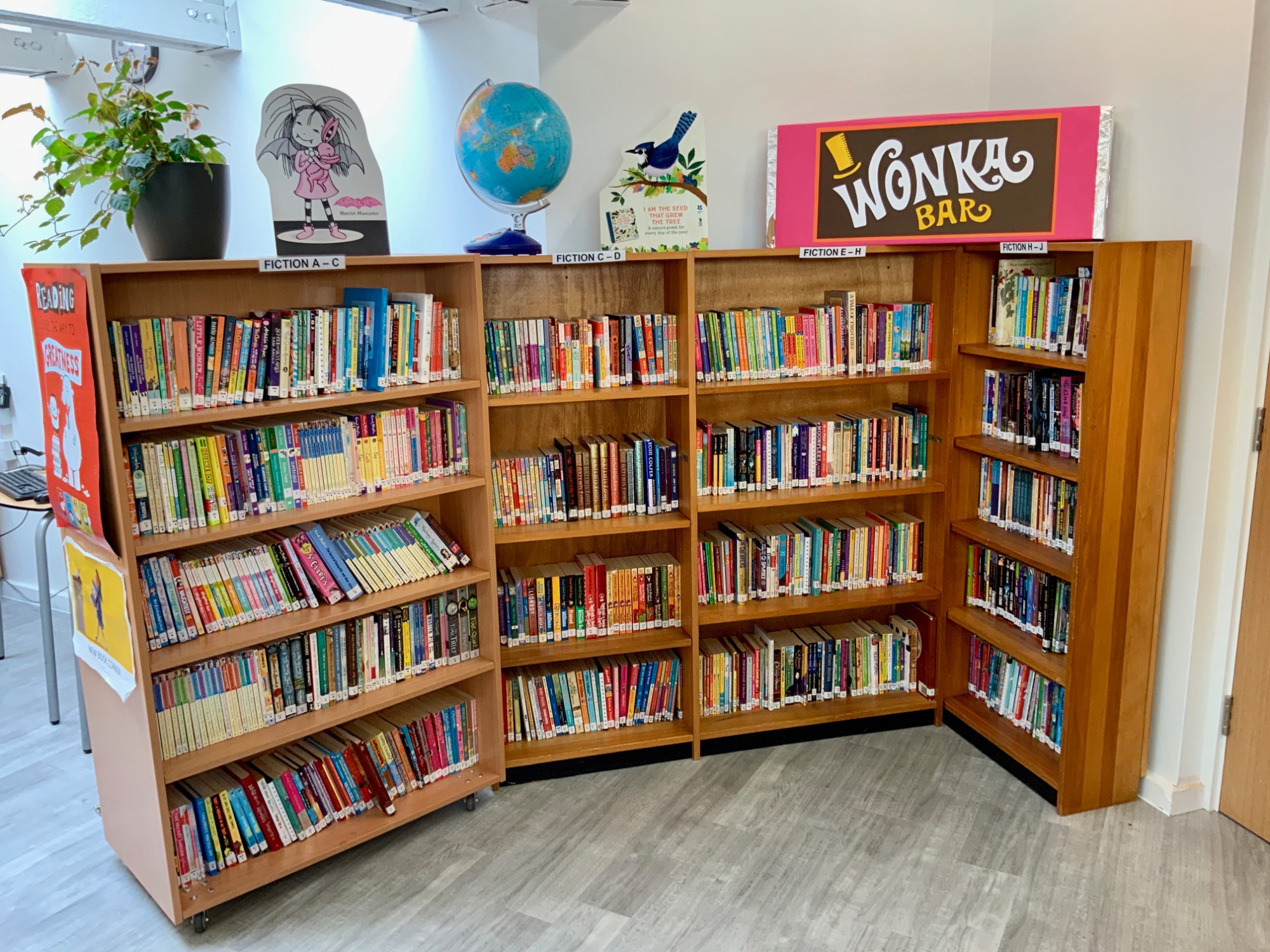Modern Foreign Languages
Learning a foreign language provides an opening to other cultures, encourages children's curiosity and deepens their understanding of the world. Learning French at The Vineyard provides the foundation for learning further languages.
Through our carefully planned French curriculum, a Vineyard French learner will:
- foster curiousity and enjoyment for learning a different language
- use newly learnt vocabuary to understand and communciate meaningfully
- develop an understanding of phonological awareness, to support accurate pronunciation
- understand and respond to spoken and written language
- speak with increasing confidence, fluency and spontaneity
- write in French for different purposes and audiences
- discover and develop an appreciation for French culture
- build the foundations for future language learning


